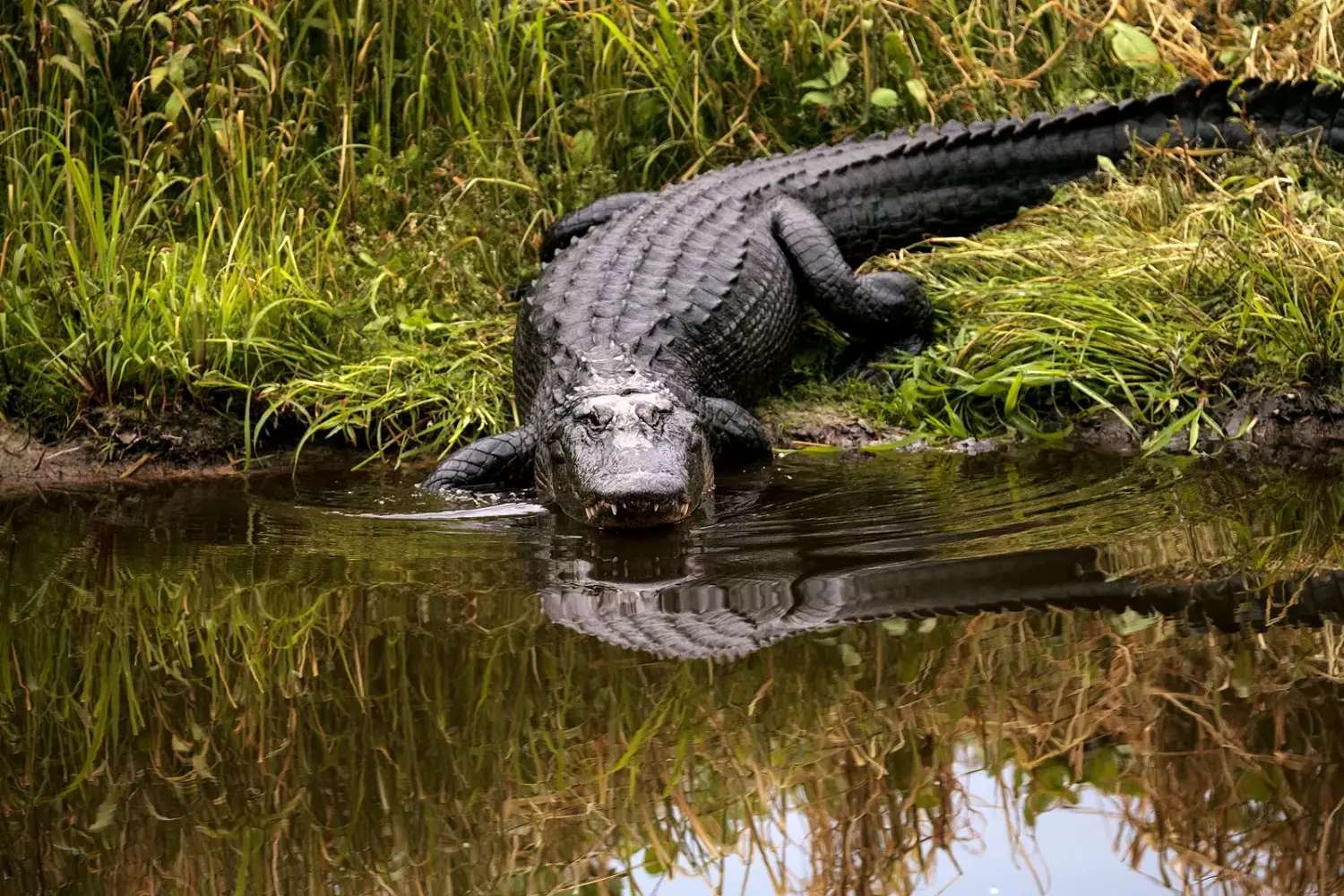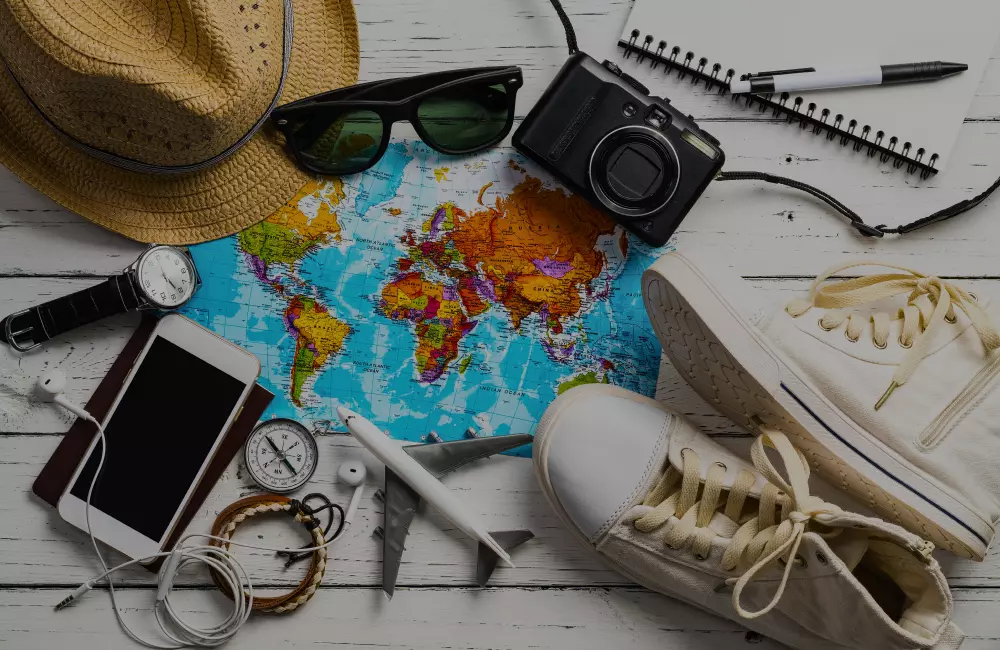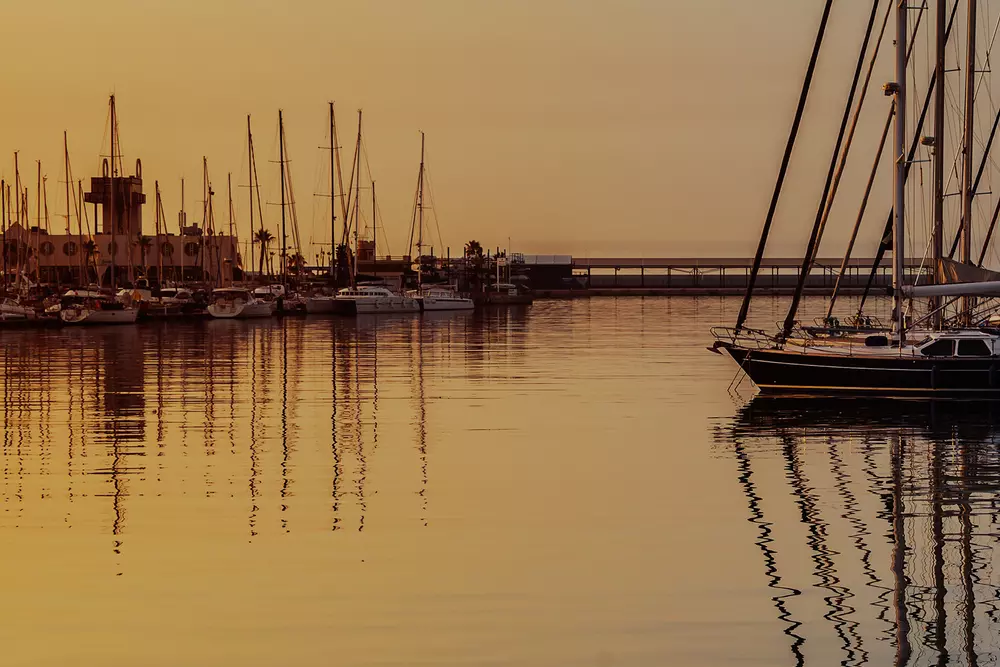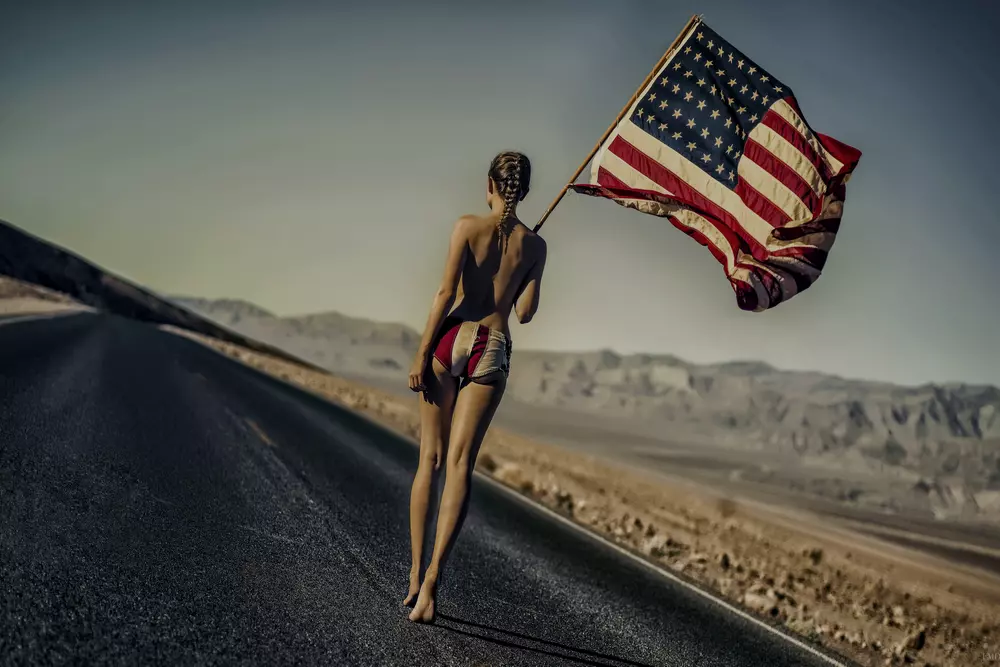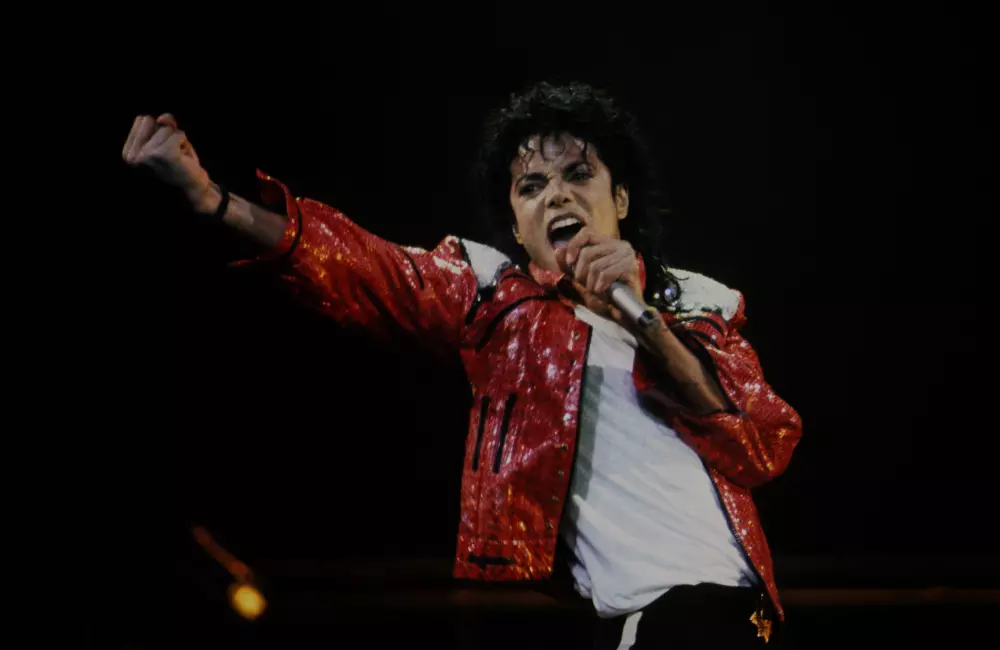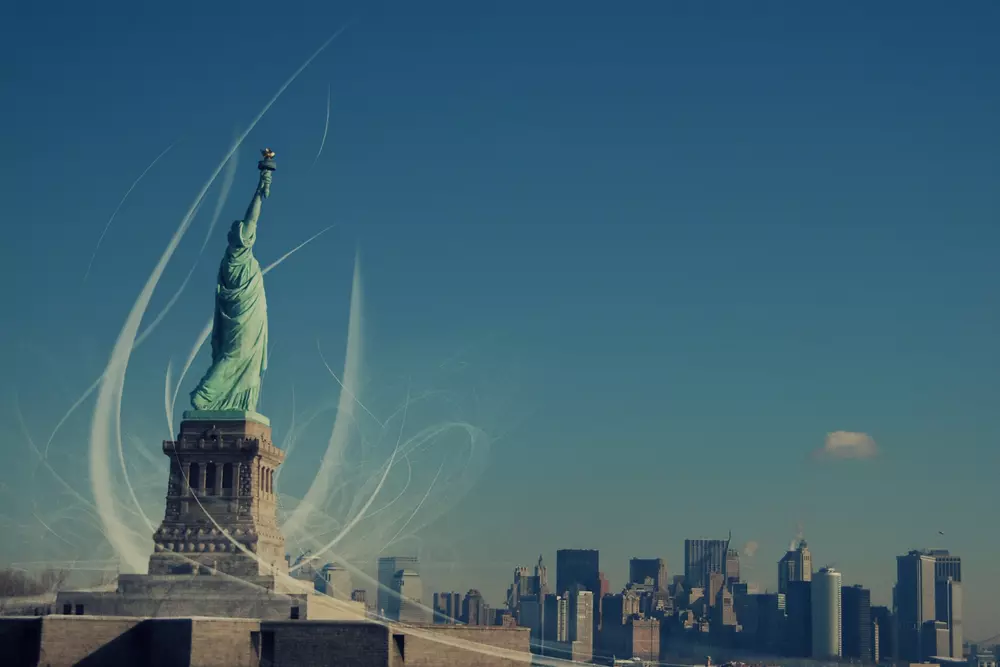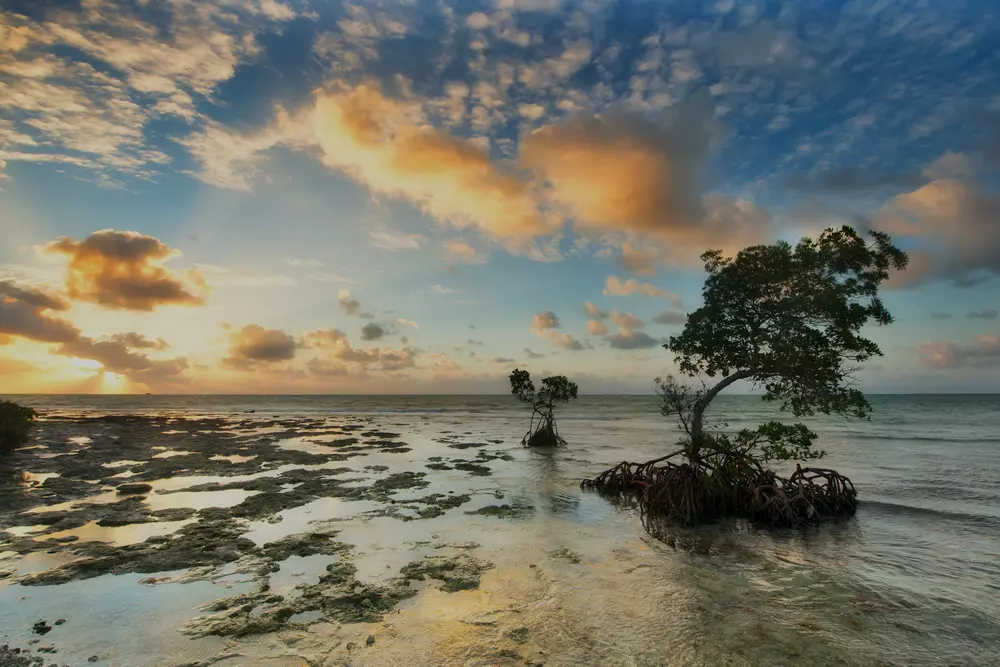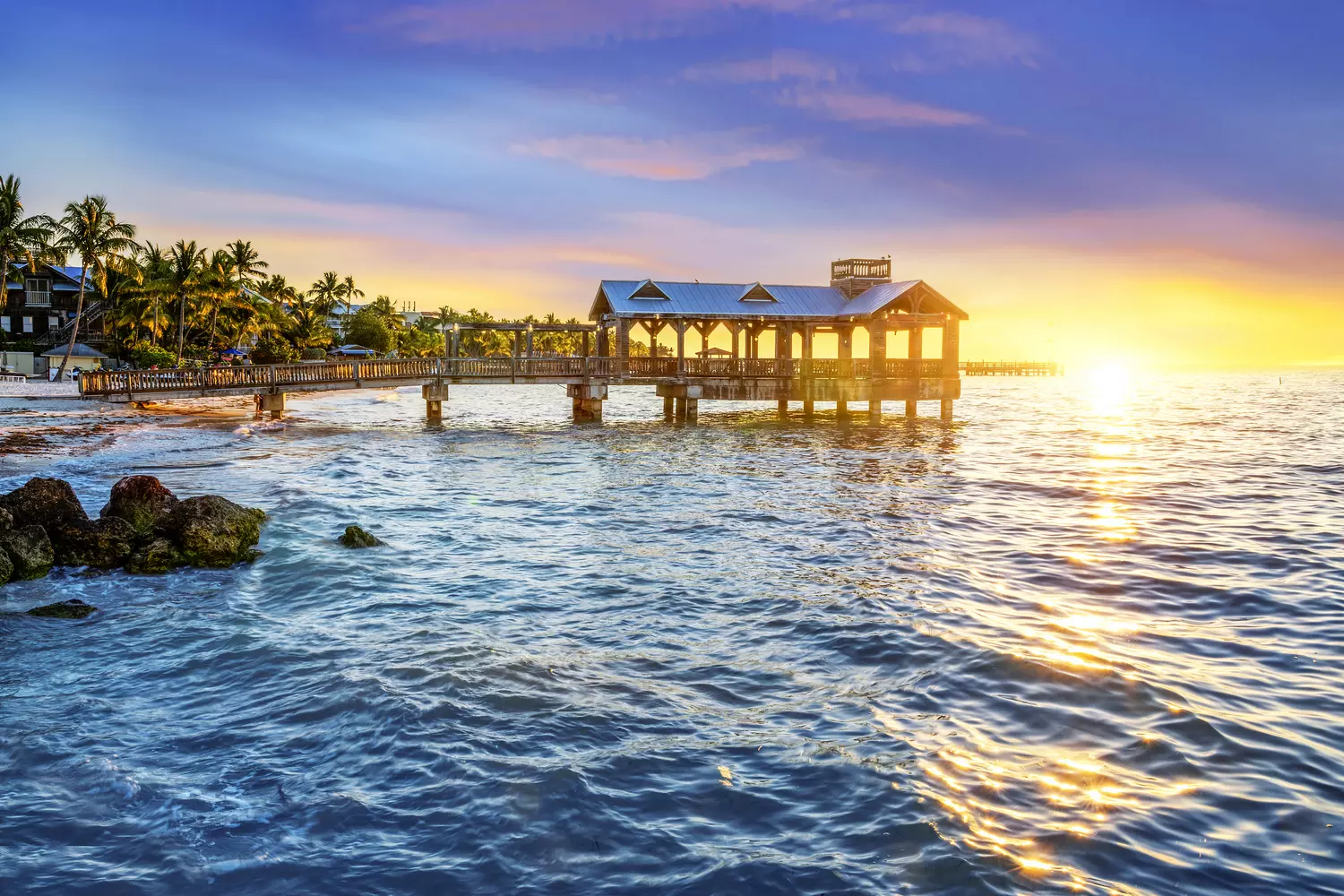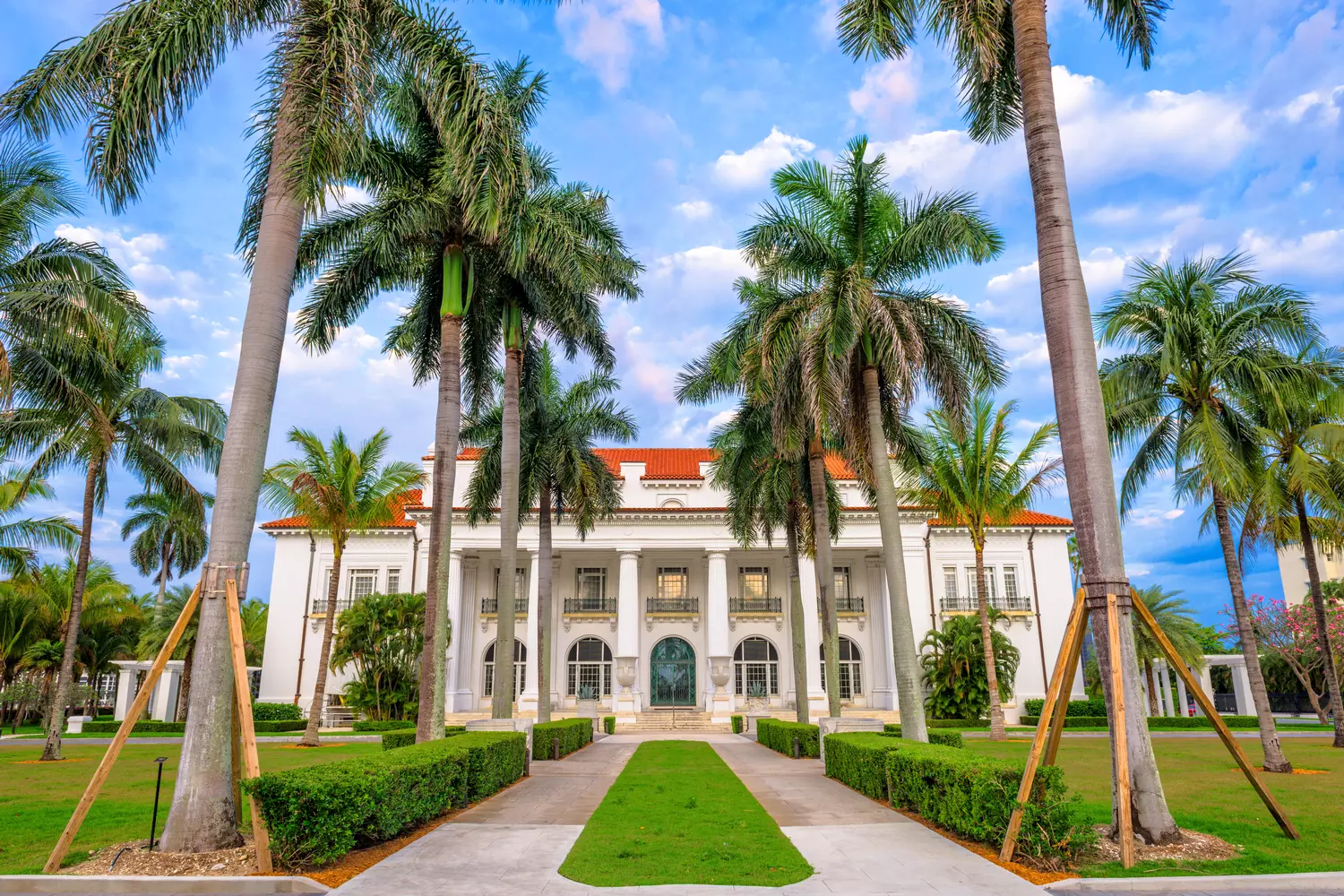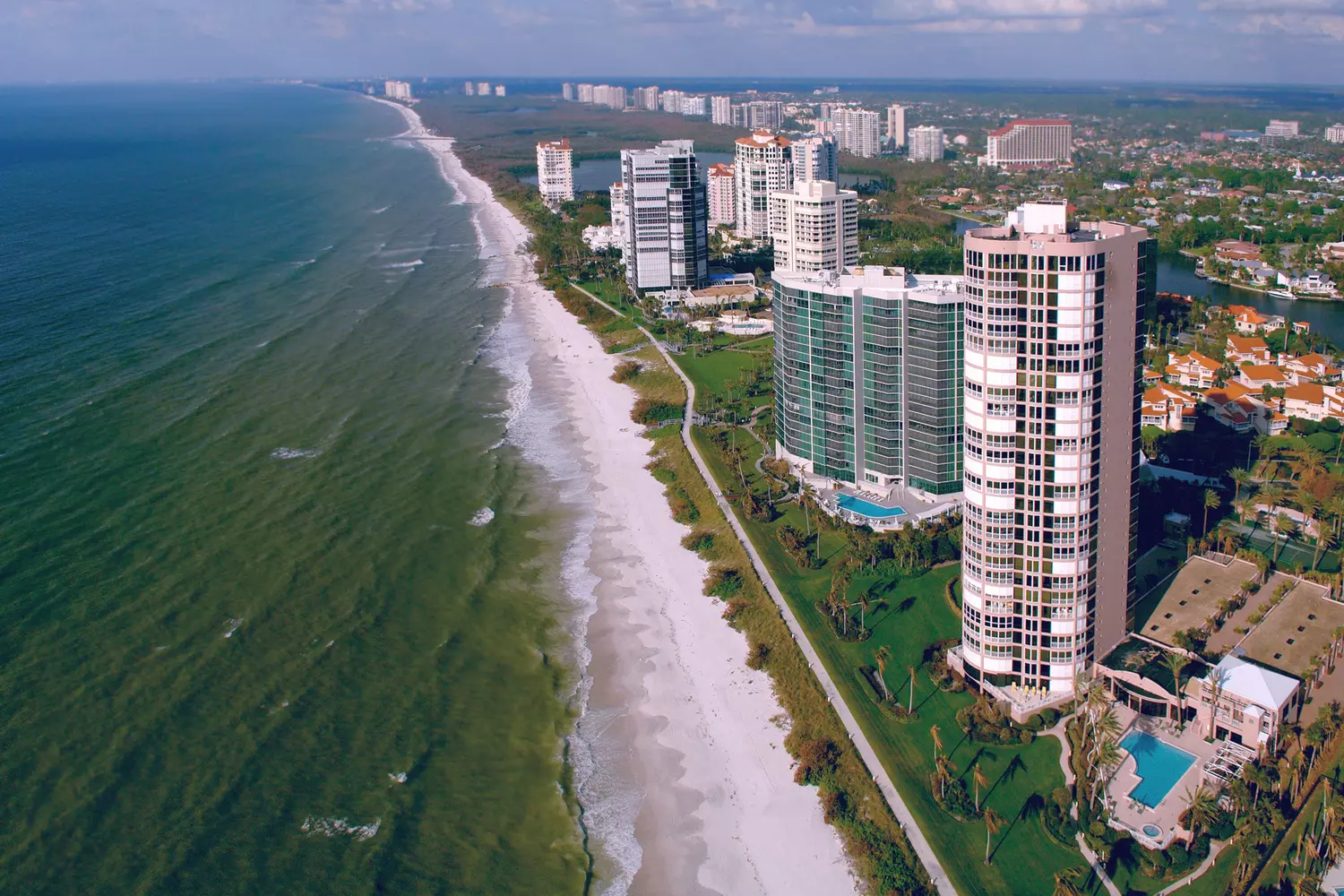American Indians are not just a part of the past — they are living custodians of unique traditions. Their culture formed long before the arrival of Europeans and influenced the development of the entire continent. Many tribes became famous for their history, outstanding leaders, and unusual way of life.
Among hundreds of tribes, the Seminole and Miccosukee stand out — peoples who managed to preserve their identity in a rapidly changing world. They played an important role in US history, survived wars and migrations, but did not lose their culture. Today, the descendants of these peoples continue to live in Florida, developing traditional crafts and protecting their heritage.
In this article, we will tell you about the most famous Indian tribes. You will learn how they differ, how their fate unfolded, and where you can get acquainted with their culture today.
Who are American Indians?
American Indians are the indigenous people of North America, whose ancestors settled this continent tens of thousands of years ago. They formed hundreds of different tribes, each with their own traditions, language, and way of life. Before the arrival of Europeans, Indians lived throughout the territory of modern USA and Canada — from the dense forests in the east to the desert lands in the west.
Their way of life depended on the surrounding nature. Some tribes led a sedentary life, engaged in agriculture, others roamed, following herds of bison. Many Indians knew how to build complex dwellings — for example, multi-story houses made of stone, like the Pueblo, or strong wooden buildings, like the Iroquois. Those who lived in the steppes used wigwams or portable tipis, convenient for a nomadic lifestyle.
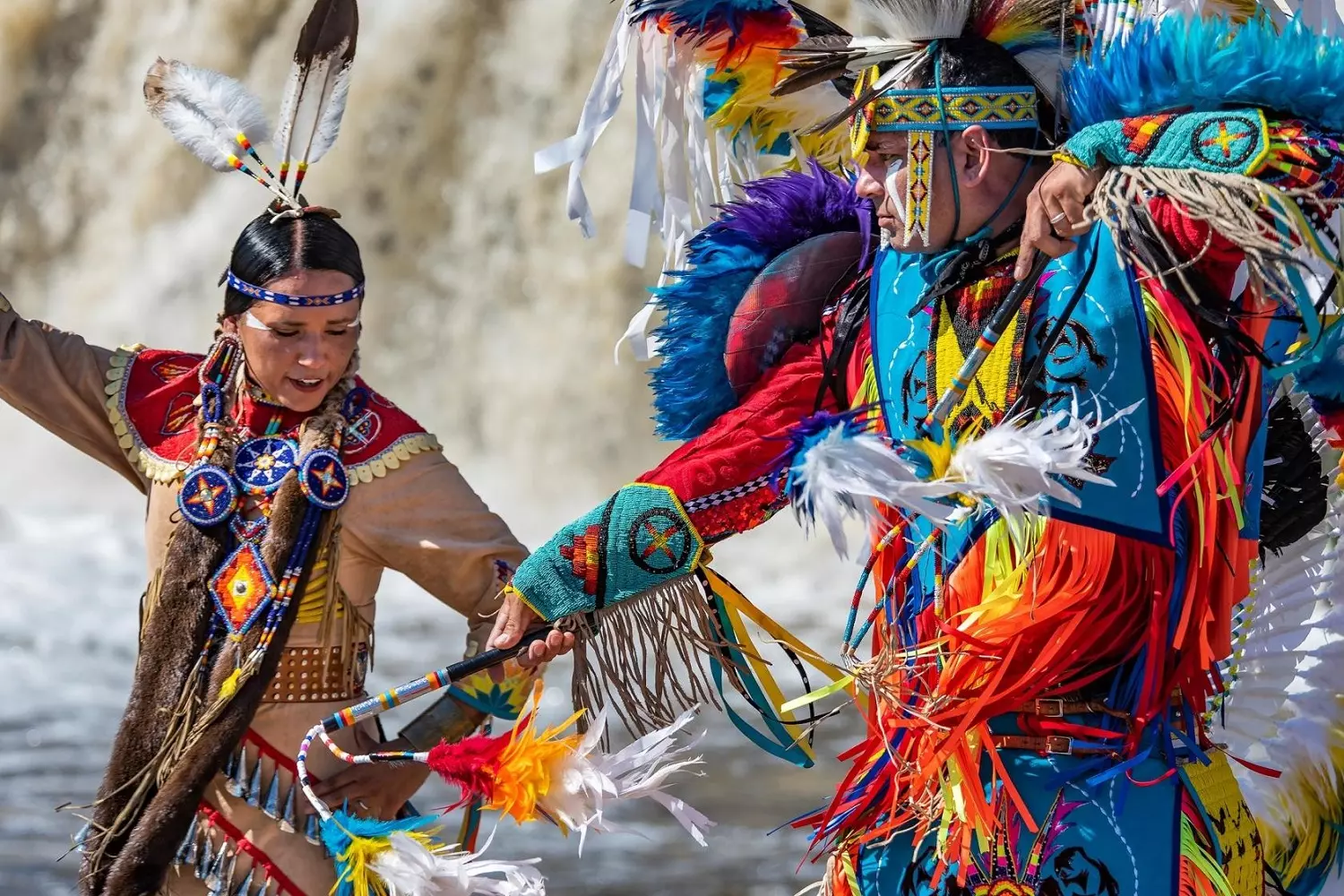
Indian society was built on traditions passed down from generation to generation. Tribal leaders, shamans, and elders played a large role. Many peoples had complex systems of laws and governance, and their worldview was often based on respect for nature.
After the arrival of Europeans, the life of the Indians changed. Many tribes faced diseases against which they had no immunity and armed conflicts. Some peoples were displaced from their lands, others were able to adapt and preserve their culture. Today, the descendants of the Indians live both in traditional settlements and in cities, continuing to preserve the language, crafts, and customs of their ancestors.
The Most Famous Indian Tribes
Hundreds of Indian tribes lived in the territory of modern USA and Canada. Some were peaceful farmers, others — nomadic hunters, and still others built complex alliances and waged wars. Each people has its own history, but several tribes became especially famous for their influence, culture, and role in the events of the past.
Apache
The Apache were nomads and hunters who lived in the arid regions of the Southwest — in the territory of modern Arizona, New Mexico, Texas, and Oklahoma. They were famous as skilled warriors and guerrilla tacticians. One of the most famous leaders was Geronimo, who resisted the American army for a long time. The Apache built light dwellings from branches and grass, and in the cold months lived in caves. Their culture included complex rituals, reverence for spirits, and stories about the exploits of ancestors.
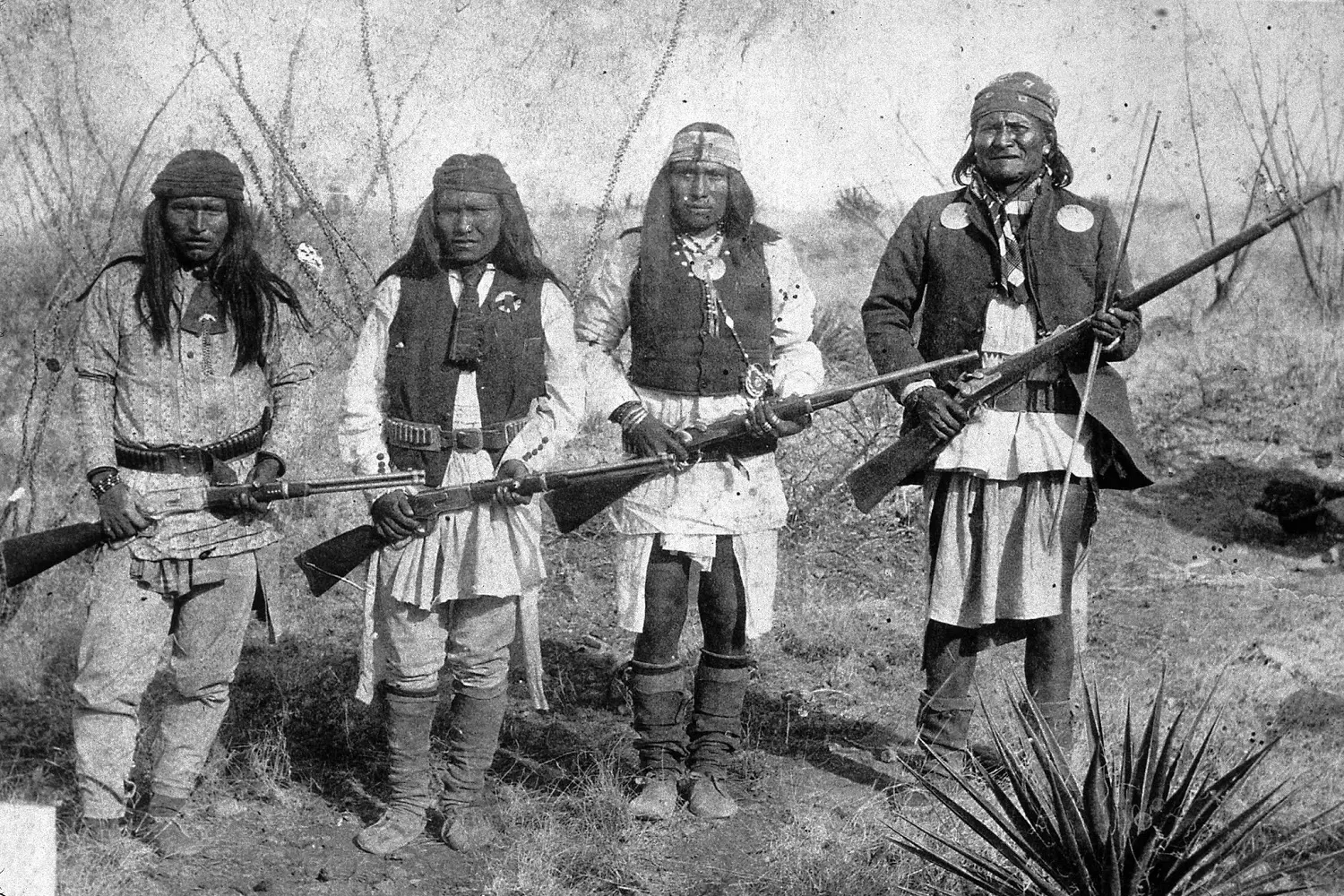
Cherokee
The Cherokee were one of the most developed tribes in the southeast of North America. They built permanent settlements, grew corn, beans, and pumpkins, and engaged in crafts. In the 19th century, one of the tribal leaders — Sequoyah — created a writing system for the Cherokee language. However, in the 1830s, the Cherokee were forcibly relocated to Oklahoma by order of the American government. This march, in which thousands of people died, went down in history as the "Trail of Tears."
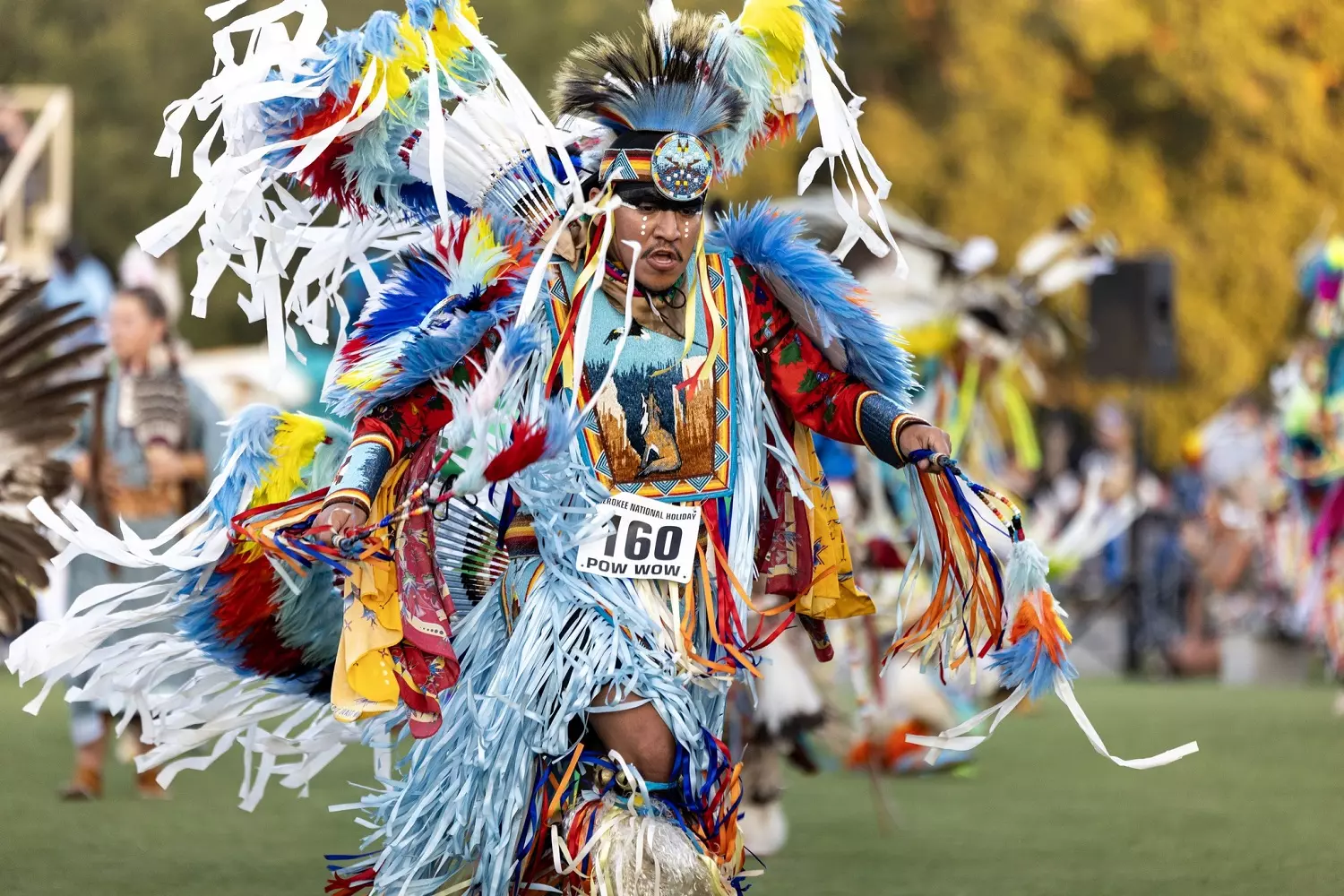
Navajo
The Navajo tribe is the largest in the USA. Their lands are located in Arizona, New Mexico, and Utah. They are known for their colorful fabrics, rugs, and silver jewelry. During World War II, Navajo Indians played an important role in transmitting secret messages for the American army, using their language as a code that could not be deciphered by the enemy.
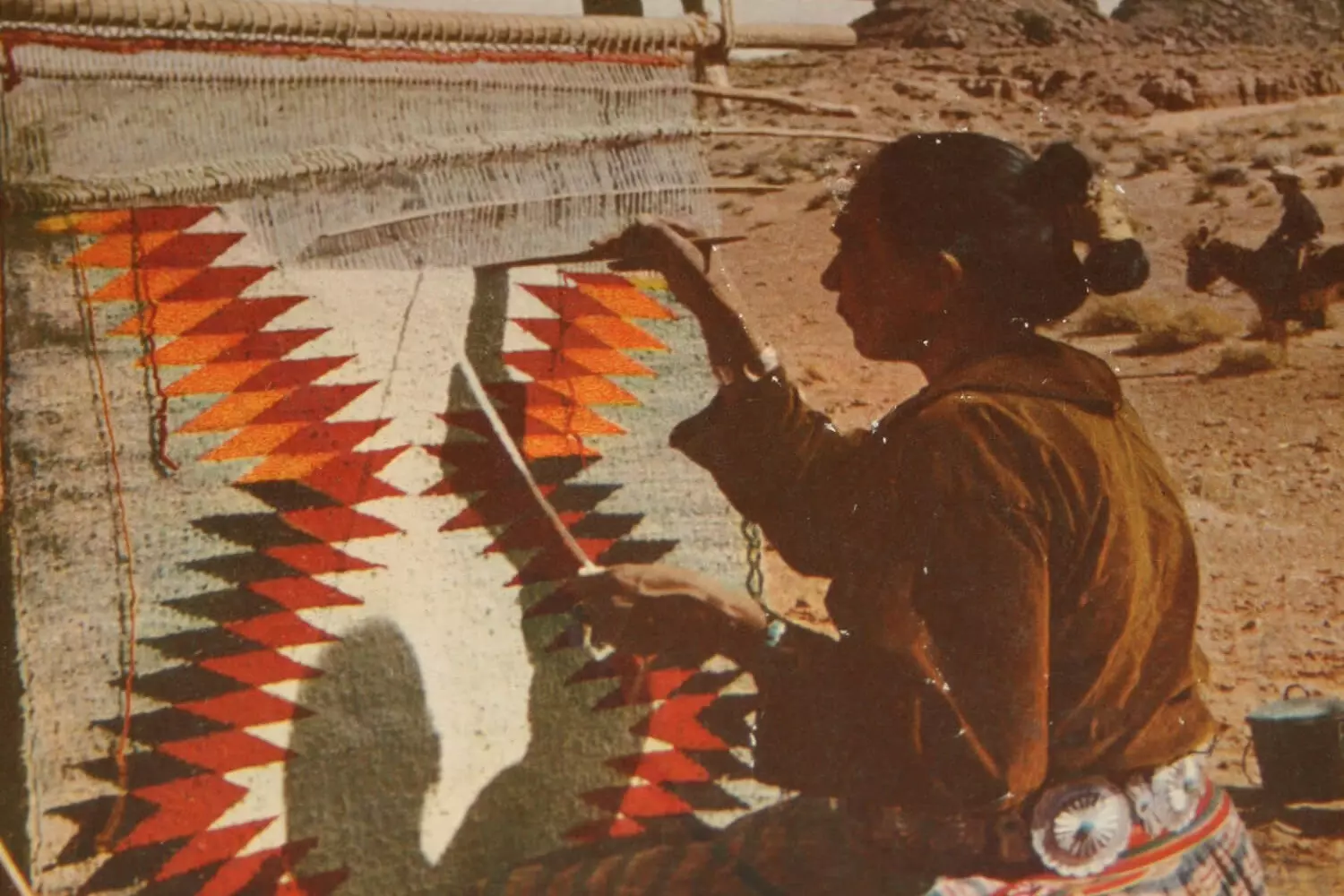
Sioux
Sioux is a collective name for several peoples who inhabited the Great Plains. They were nomads and hunters, and bison were their main source of life. The Sioux became famous for their resistance to the American authorities in the 19th century. Among their leaders are Crazy Horse and Sitting Bull, who won the famous Battle of Little Bighorn, defeating General Custer's army. Today, the descendants of the Sioux live in reservations, preserving their traditions.
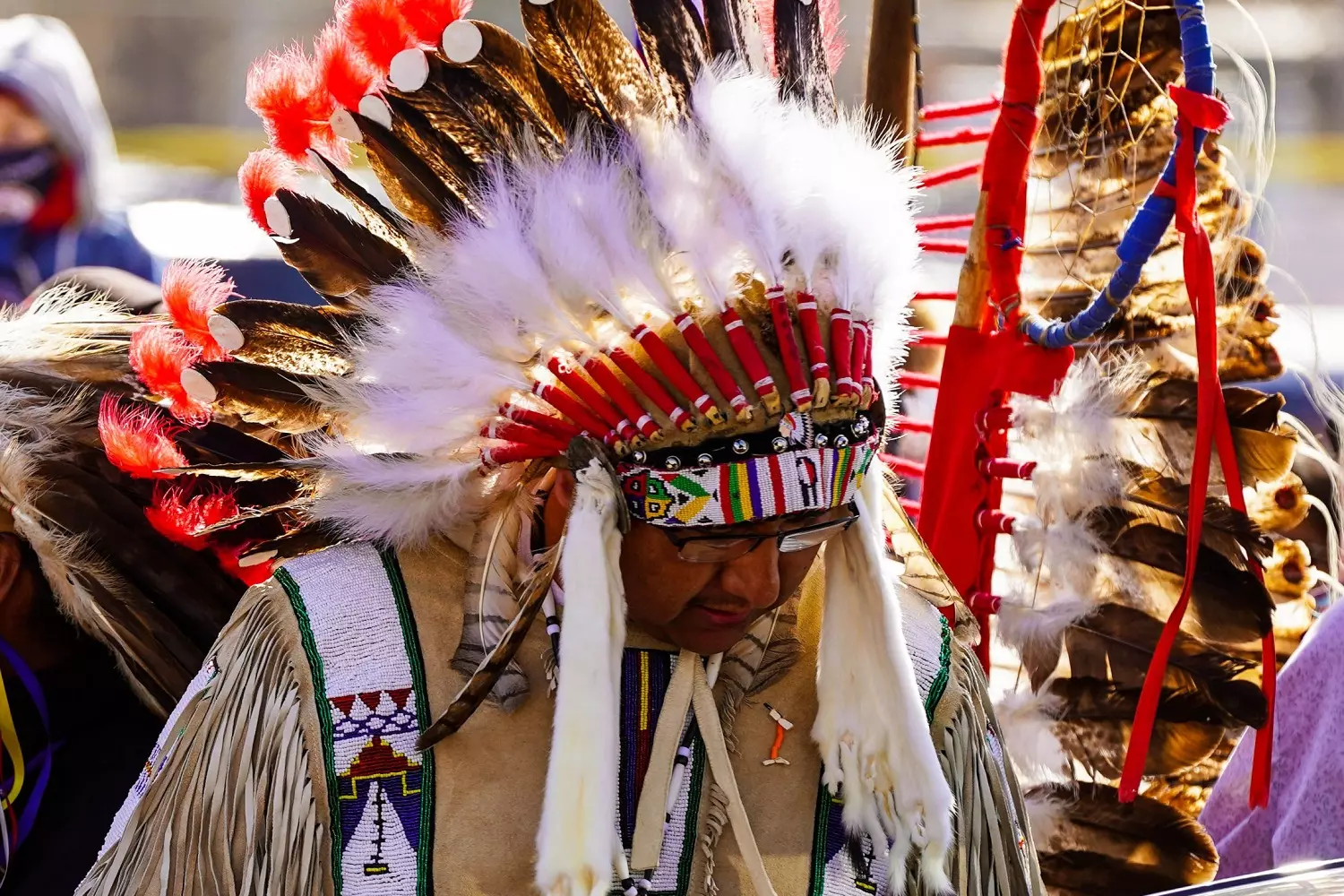
Iroquois
The Iroquois Confederacy consisted of several tribes that united even before the arrival of Europeans. It included the Mohawk, Onondaga, Seneca, Cayuga, and other peoples. The Iroquois had a complex political system — a kind of democracy in which important decisions were made by a council of elders. Their military and diplomatic influence extended far beyond their lands. Many ideas of the Iroquois social structure were later borrowed in the creation of the US Constitution.
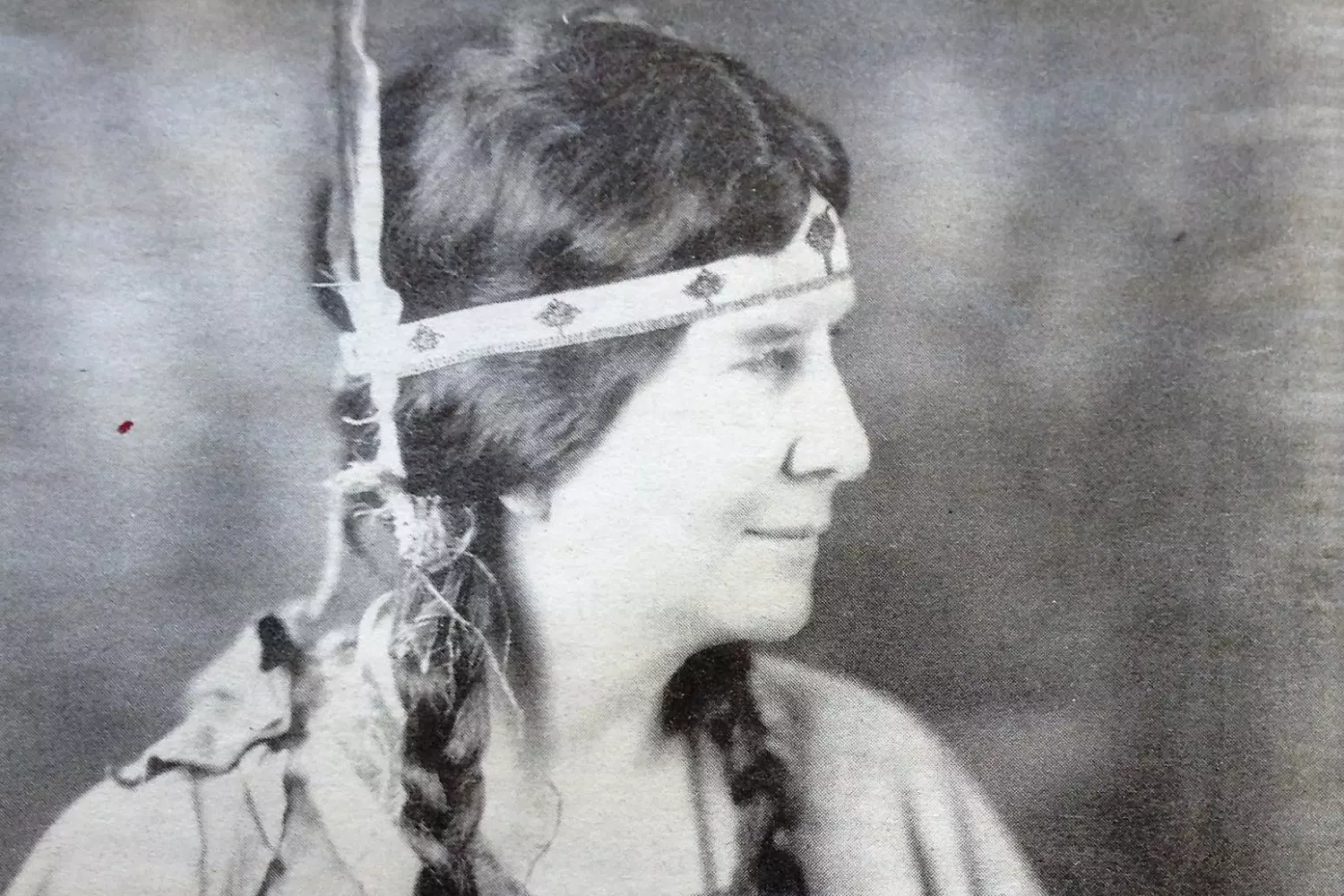
These tribes are only a part of the large mosaic of peoples who inhabited America. Each people contributed to the culture, history, and traditions of the region.
Seminoles: Florida's Indians
The Seminoles are one of the most famous Indian tribes of the Southeastern United States. Their history is closely linked to Florida, but the ancestors of the Seminoles originally lived in the territory of modern-day Georgia and Alabama. In the 18th century, some Indians from the Creek tribe migrated south, fleeing wars and colonial pressure. Over time, other groups joined them, as well as runaway slaves of African descent. Thus, a new people was formed, which was called the "Seminoles."
Seminole Wars and the Struggle for Land
When Florida still belonged to Spain, the Seminoles lived relatively peacefully. However, after its annexation by the United States in 1821, the situation changed. American authorities began to expel the Indians from their lands, which led to a series of armed conflicts known as the Seminole Wars.
The First War (1817-1818) began because of raids by the American army, which sought to destroy Seminole settlements and return runaway slaves. The Second War (1835-1842) became the longest and most brutal. Chief Osceola led the resistance and successfully fought against the US Army for several years, using guerrilla tactics. Despite fierce resistance, most Seminoles were forced to relocate to Indian Territory — in the area of modern-day Oklahoma.
The Third War (1855-1858) was the last attempt by the Americans to finally evict the Seminoles. However, some of the people refused to leave Florida. These people went into the swampy areas of the Everglades, where they were able to hide and preserve their culture.
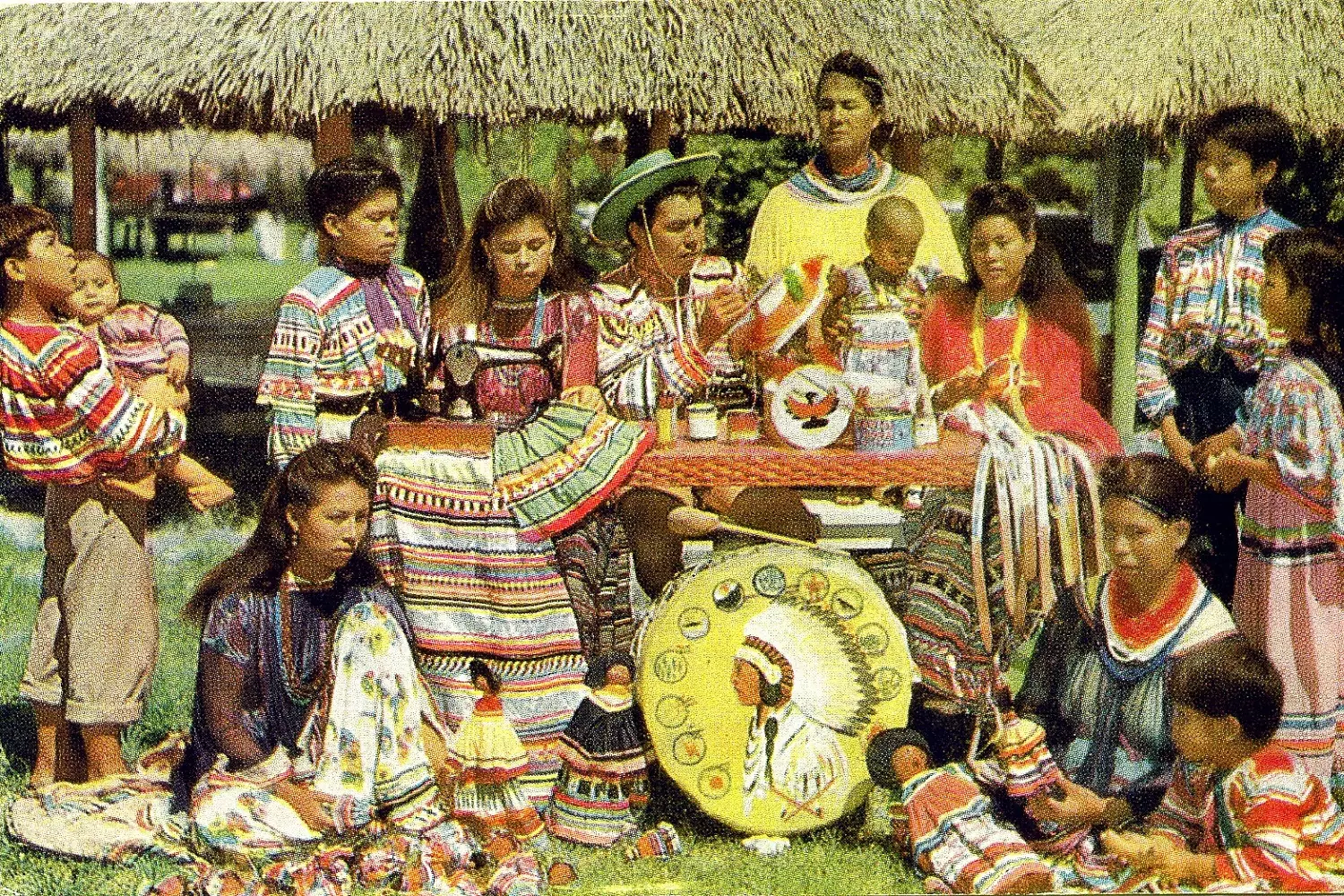
Seminoles in the 20th and 21st Centuries
Unlike many other Indian tribes, the Seminoles never officially surrendered to the US government and did not sign a peace treaty. Those who remained in Florida gradually adapted to the new conditions, maintaining their independence. In the 20th century, the tribe achieved official recognition and received land for reservations.
Today, the Seminoles of Florida are successfully developing their economy. They own a network of casinos, tourist businesses, farms, and cultural centers. Their reservations are located in different parts of the state, including the Everglades. The tribe actively supports traditional crafts, language, and customs.
The Seminoles have become a symbol of resistance and survival in difficult conditions. They managed to preserve their identity, despite wars, migrations, and pressure from the state.
Miccosukee: A People Who Preserved Traditions
The Miccosukee are one of the indigenous tribes of Florida who managed to preserve their language, culture, and way of life, despite centuries of confrontation with European settlers and American authorities. Their history is closely linked to the Seminoles, but the Miccosukee have always remained a separate people with their own traditions.
Origins and Migration to Florida
Initially, the Miccosukee lived in the southeast of modern USA, especially in the territories of Georgia and Alabama. They spoke one of the dialects of the Muskogee language and were part of the Creek tribes. In the 18th century, when European colonization led to wars and the destruction of the traditional way of life, many Miccosukee went south to Florida. There they mixed with other groups but preserved their culture.
After the Seminole Wars, most of the Indians were forcibly relocated to Oklahoma, but a small part of the Miccosukee hid in the swamps of the Everglades. Life in these inaccessible places allowed them to avoid complete expulsion and preserve their traditions.
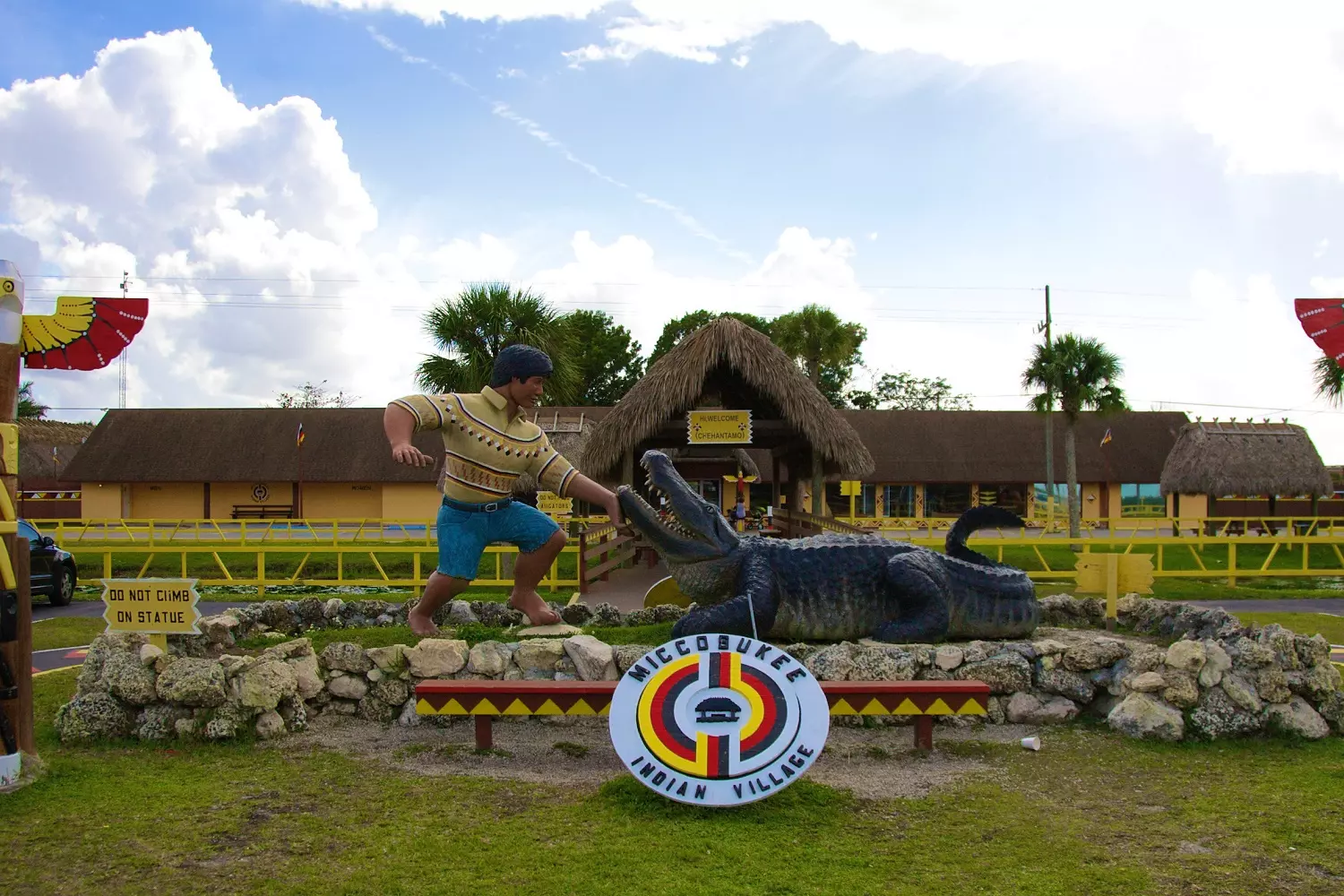
Culture and Way of Life
The Miccosukee always lived in small families, settling in houses without walls — chickees, which provided protection from the sun and good ventilation in Florida's hot climate. Their economy was based on fishing, hunting, and agriculture. They grew corn, pumpkin, beans, and used local plants for food and medicine.
Traditional Miccosukee clothing is bright and decorated with intricate patterns. Women wore long dresses with ruffles, men wore embroidered shirts and loincloths. Beadwork and silver jewelry played an important role, worn not only for beauty but also as a symbol of status.
Legends and oral stories occupied an important part of the culture. Through them, knowledge about the world, customs, and exploits of ancestors was transmitted. Many stories are related to nature, because the Miccosukee have always respected the land and its inhabitants.
Modern Tribal Life
In the 20th century, the Miccosukee achieved official recognition as a separate people, independent of the Seminoles. In 1962, they created their own self-government and received lands in Florida, where a reservation was formed.
Today, the Miccosukee continue to speak their language and follow traditions. They develop businesses related to tourism, crafts, and casinos. One of the important areas has been nature conservation — the tribe actively participates in projects to protect the Everglades ecosystem.
Despite the influence of the modern world, the Miccosukee remain a people who have managed to preserve their culture and pass it on to new generations.
Florida Alligators: Characteristics, Habitat, and Interesting Facts
The Role of American Indians in US Culture
American Indians have had a profound impact on US culture. Their traditions, language, art, and way of life have left a mark on various spheres — from everyday life to cinema and literature. Many elements of their culture have become part of American identity, even if it is not always recognized where they came from.
Indian Heritage in Language and Names
Many states, cities, and natural features retain Indian names. Among them:
- States — Dakota, Nebraska, Utah, and many others got their names from Indian languages.
- Cities — Chicago, Seattle, Miami, and Tallahassee have Indian origins.
- Rivers and lakes — Mississippi, Ohio, Michigan, and many other names came from the languages of indigenous peoples.
In addition to geographical names, English has adopted words borrowed from Indians. For example, "tomahawk," "canoe," and "moose."
Influence on Art and Fashion
Indian patterns, jewelry, leather goods, and traditional headdresses inspire designers. Many elements, such as beaded ornaments, geometric patterns, and woven products, are used in fashion and interior design.
Indian painting, wood carving, and ceramics have long been recognized as part of national art. Traditional patterns of the Navajo and Pueblo peoples are particularly well known.
Indians in Music and Dance
Drums, flutes, and Indian singing traditions have influenced the development of American music. Indian rhythms and melodies are often used in modern culture. The dances of indigenous peoples remain an important part of festivals and ceremonies.
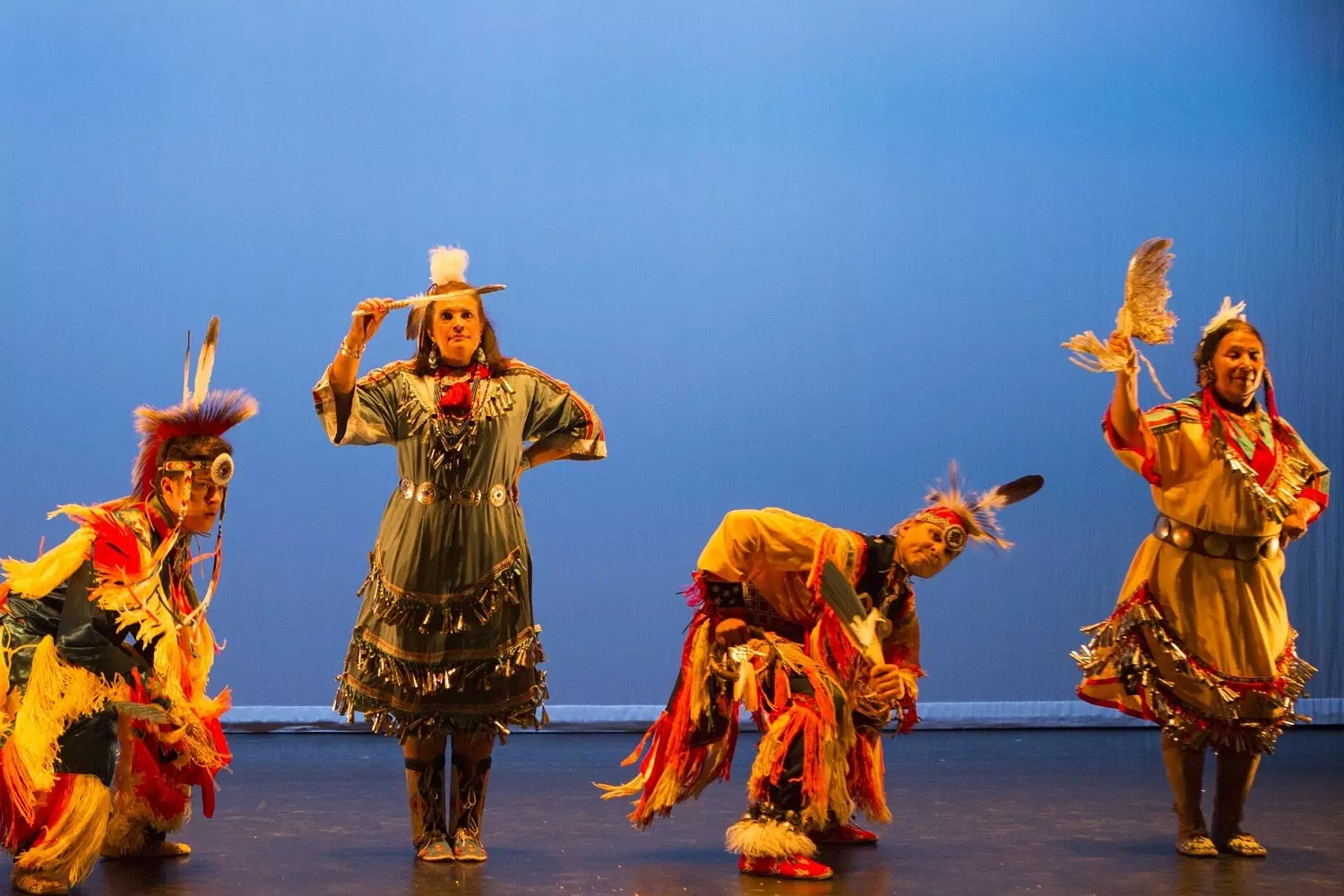
Indians in Cinema and Literature
Since the very beginning of Hollywood, Indians have become an important theme for cinema. In early films, they were often portrayed stereotypically — as enemies or "noble savages." However, over time, the attitude has changed. Today, films are being created that show the real life of Indians and their culture without simplification.
In literature, Indian traditions are transmitted both through the works of modern writers and through adaptations of myths and legends. Many Indian tales and legends have become the basis for books and films.
Military Affairs and Heroism
During both world wars, Indians played an important role. The so-called "code talkers" — Navajo Indians who used their language to transmit encrypted messages that could not be deciphered by the enemy — are especially well known. Indians fought in the US Army on all major fronts and received many military awards.
Indian Cuisine
Some products, without which it is difficult to imagine modern food, were first used by Indians:
- Corn.
- Potatoes.
- Tomatoes.
- Pumpkin.
- Sunflower.
- Chocolate.
Indian cooking methods, such as baking in pits and smoking, became the basis for many American dishes.
American Indians have made a huge contribution to the development of the United States. Their culture continues to live in language, art, music, cinema, military affairs, and even in food. Despite a complex history, they have managed to preserve their traditions and leave a mark on the national heritage of the country.
How to Experience Indian Heritage
American Indian culture is alive not only in museums, but also in traditional settlements, at festivals, in nature reserves, and in art. You can experience it in many ways — from visiting historical sites to participating in events where Indians themselves talk about their lives.
Museums and Cultural Centers
The best way to see artifacts and learn more about the indigenous peoples of the United States is to visit museums and cultural centers. Among the most famous:
- National Museum of the American Indian (Washington, New York) — thousands of exhibits telling about the life and traditions of different tribes are collected here.
- Heard Museum (Arizona) — one of the best museums dedicated to Indian art and crafts.
- Seminole Tribal Museum (Florida) — here you can see traditional chickee dwellings and learn about the life of the tribe in the Everglades swamps.
Historical Sites and Reservations
Many states have preserved places associated with the life of Indians. Some of them have become national parks or reservations:
- Mesa Verde (Colorado) — ancient Pueblo Indian settlements built right into the rocks.
- Cahokia (Illinois) — the remains of an Indian city that existed long before the arrival of Europeans.
- Reservations of the Navajo, Hopi, Lakota, Seminole tribes — in some of them you can see traditional dwellings, try national dishes, and buy products from local craftsmen.
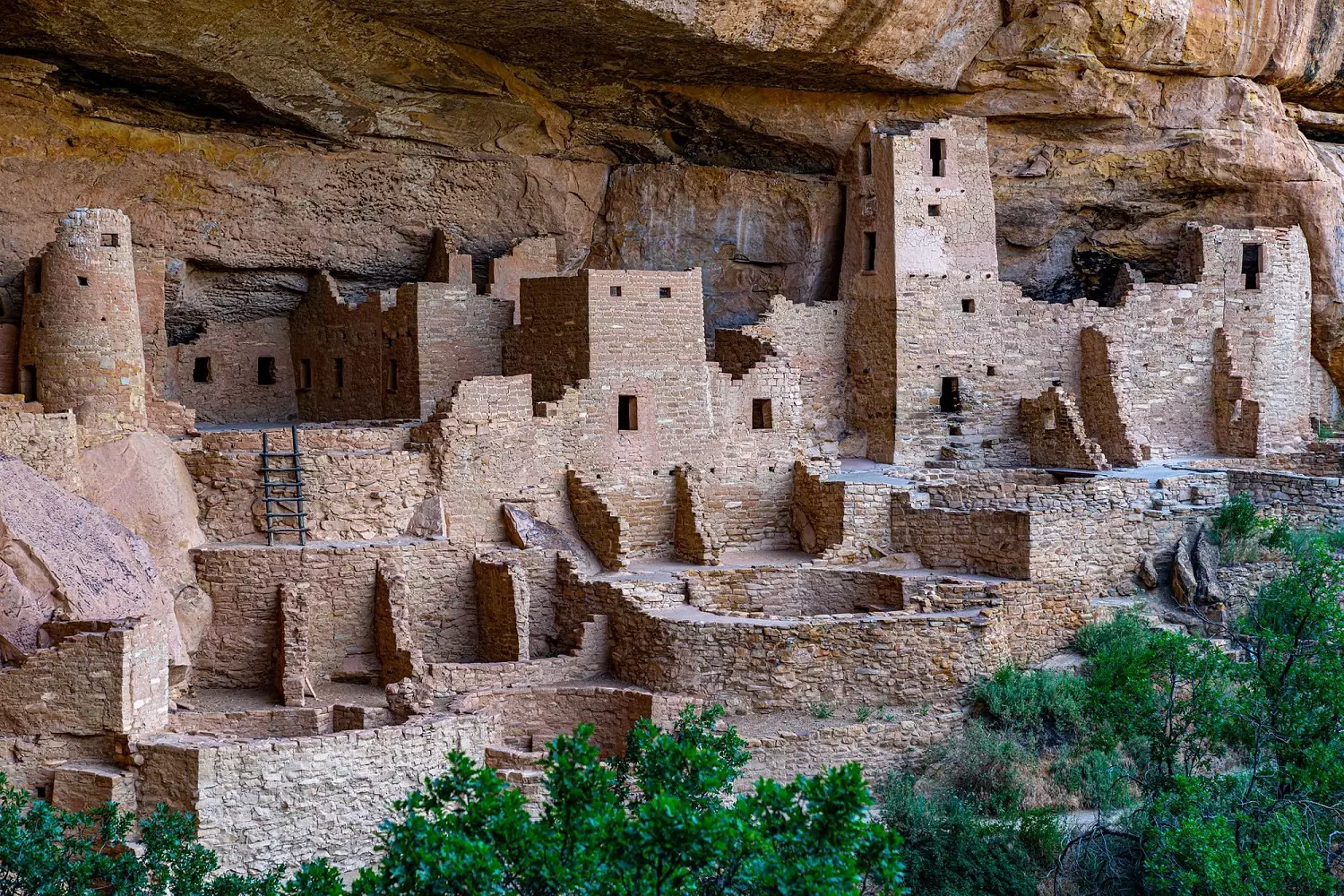
Festivals and Dance Shows
Indian festivals, known as pow-wows, are held throughout the country. There you can see traditional dances, listen to Indian music, and try dishes prepared according to ancient recipes. Some of the most famous festivals take place in New Mexico, Oklahoma, Montana, and Arizona.
Indian Art and Crafts
Indian painting, wood carving, ceramics, jewelry, and textiles have long been part of US culture. In galleries and markets you can find unique handmade items. Turquoise jewelry, Navajo rugs, and Hopi ceramics are especially well known.
Books and Movies
You can also get acquainted with Indian culture through literature. Many tribes have preserved their legends and myths, which have been translated into English and other languages. Among the famous modern Indian writers are Sherman Alexie, Leslie Marmon Silko, Louise Erdrich.
Cinema also plays an important role in introducing Indian culture. Among the films that show the life of indigenous peoples without stereotypes:
- "Hostiles" (2017) — about the confrontation between Indians and settlers.
- "Windtalkers" (2002) — the story of a Navajo Indian during World War II.
- "Prey" (2022) — a film based on Comanche tribal myths.
Indian culture has not remained in the past — it continues to develop. You can get acquainted with it in different ways: through travel, museums, books, films, and participation in festivals. Each of these methods provides an opportunity to better understand the traditions, customs, and way of life of the peoples who lived on this land long before the appearance of modern cities and roads.














